Have you ever stumbled upon a picture of a horse’s hoof and wondered, “Wait, where are the other toes?” Or maybe you’ve caught a glimpse of a three-toed sloth hanging upside down and marveled at its peculiar feet. It’s almost like nature is playing a game with numbers, handing out toes seemingly at random—sometimes three, sometimes five, and sometimes a baffling odd number. But there’s nothing random about it. The story behind why some animals have odd numbers of toes is a wild journey through millions of years, shaped by survival, adaptation, and a few evolutionary surprises along the way. Get ready to be amazed by the hidden logic (and occasional oddity) of animal toes.
The Magic of Evolutionary Oddities

Evolution doesn’t always play by a simple rulebook. Sometimes, what seems odd at first glance is actually the product of countless small changes stacking up over time. When it comes to toes, animals have evolved all sorts of configurations to help them survive in their unique worlds. An odd number of toes might look strange, but for the creatures sporting them, it’s often the perfect solution to a problem we might never have imagined. From horses to tapirs, every toe tells a story of adaptation, struggle, and success. The oddness is nature’s way of fine-tuning its creations, making sure each animal is equipped for its own challenges.
What Is Digit Reduction and Why Does It Happen?

Digit reduction is a term scientists use to describe the process where animals lose toes over generations. This isn’t about losing toes in accidents—this is about entire species gradually evolving to have fewer digits. The most famous example is the horse, which evolved from a tiny ancestor with five toes to today’s one-toed marvel. As environments changed, having fewer toes made running easier and more efficient. Imagine running a race in snowshoes versus sneakers; evolution picked the sneakers. Odd numbers of toes, like three or one, are just different stops along the digit reduction journey.
The Horse: Nature’s One-Toed Wonder
Horses are perhaps the most iconic example of an animal with an odd number of toes—just one on each foot! But this wasn’t always the case. Their ancient ancestors, like the dog-sized Hyracotherium, had three or even four toes. Over time, as horses adapted to life on open grasslands, their side toes shrank and disappeared, leaving them with a single, strong hoof. That lone toe acts like a spring, absorbing shock and letting horses run fast and far. It’s a weird solution, but an incredibly successful one.
Tapirs and Rhinos: The Three-Toed Giants
Tapirs and rhinoceroses are living proof that three toes can be just right. These animals, known as perissodactyls, are part of a group called odd-toed ungulates. Tapirs, with their stubby bodies and flexible snouts, trot around on three toes on their back feet and four on the front—nature just can’t help but mix things up! Rhinos, meanwhile, have three massive toes on each foot. This arrangement helps spread their weight and gives them stability, especially when charging through thick brush or muddy terrain. Three toes might sound imbalanced, but for these hefty creatures, it’s the sweet spot.
Sloths: Hanging Out with Three Toes
Sloths have become internet celebrities thanks to their slow-motion antics and perpetual smiles, but their toes are just as fascinating. The three-toed sloth, as its name suggests, sports three long, curved claws on each limb. These claws help them grip tree branches tightly, allowing them to hang upside down for hours—even days—without falling. Odd-numbered toes are perfect for their upside-down lifestyle, providing a secure, vice-like grip on the rainforest canopy. It’s a quirky adaptation that’s helped sloths survive for millions of years.
Odd-Toed Ungulates: A Family Defined by Digits
The scientific family called Perissodactyla is united by one thing: an odd number of toes. This group includes horses, rhinos, and tapirs, and what sets them apart is their unique foot structure. Most members have either one or three toes, which is pretty unusual in the animal kingdom. This odd-toed design isn’t just for show—it affects how these animals walk, run, and interact with their environment. By focusing their weight on a central toe (or hoof), they gain speed and stability, making them masters of their habitats.
Fossil Clues: What Ancient Toes Tell Us
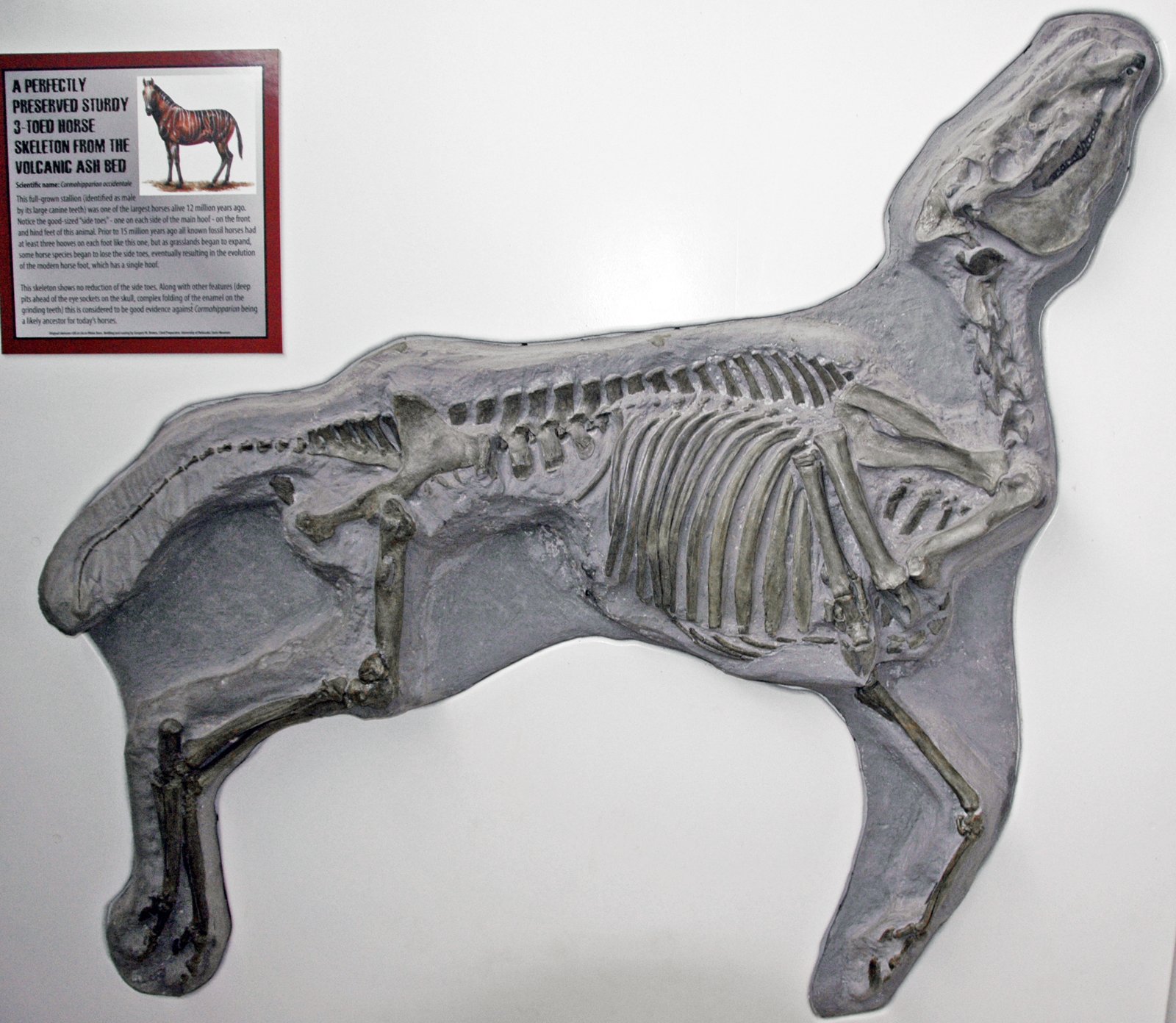
Fossils have given scientists a window into the strange world of ancient toes. Early horse ancestors, for example, had four or five toes, but over millions of years, they whittled down to just one. Paleontologists have even found fossils showing all the stages in between. These discoveries prove that odd numbers of toes aren’t just accidents—they’re the result of gradual, meaningful changes. Each fossilized foot is a puzzle piece, helping us understand how and why animals’ feet have changed so dramatically.
Benefits of Odd Numbers: Why Not Even?
You might wonder, why would an animal benefit from having three or one toe instead of an even number like two or four? Odd numbers can create a central point of balance, like a tripod. Think of a camera stand: three legs ensure stability on uneven ground. For animals like horses and rhinos, focusing their weight on a central toe helps them move more efficiently, especially over long distances or rough terrain. Odd toes aren’t about being quirky—they’re about being practical.
The Role of Genetics in Toe Number
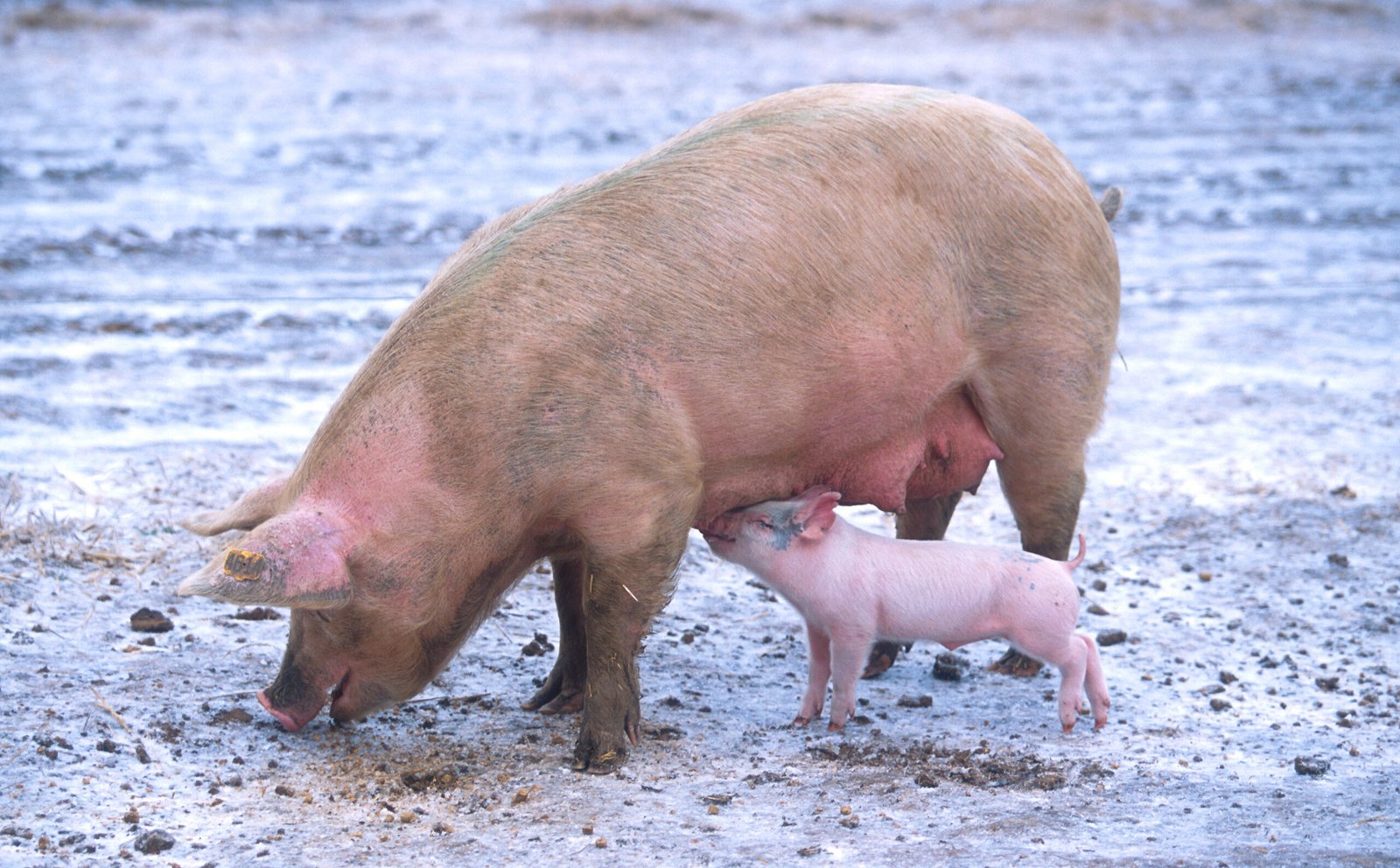
Behind every strange foot is a story written in DNA. Genes control how many toes an animal develops, and sometimes a tiny change in these instructions can have huge consequences. Scientists have identified specific genes responsible for digit formation, and mutations in these genes can lead to extra or fewer toes. Over generations, natural selection favors the toe arrangement that gives the best chance for survival. Sometimes, that just happens to be an odd number.
Odd Toes in Birds: Ostriches Take Center Stage
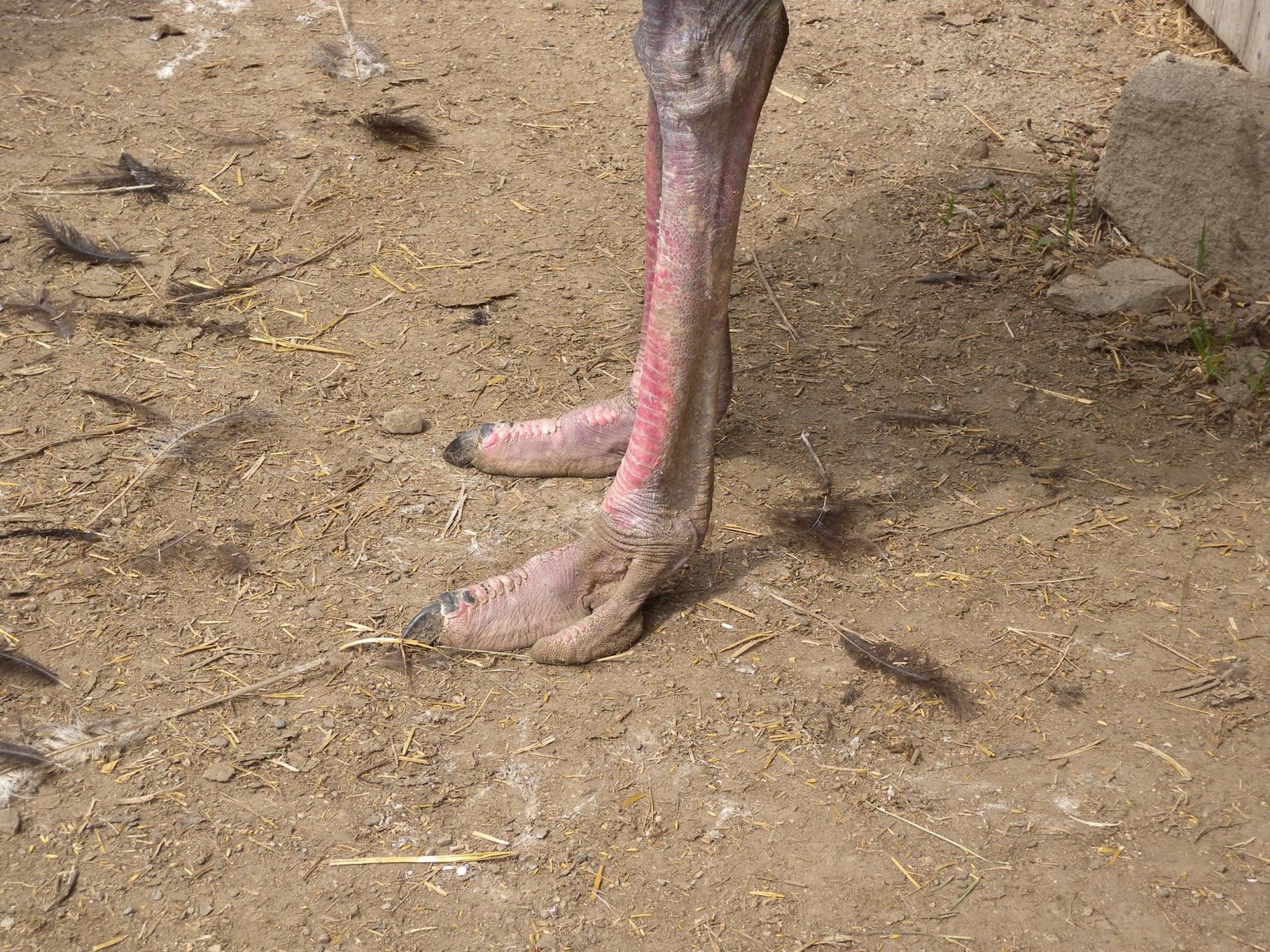
It’s not just mammals that get in on the odd-toed action—birds have their own weird foot stories. Ostriches, for instance, have only two toes, but their closest relatives, like the emu, have three. The ostrich’s three-toed ancestors gave way to a two-toed setup that’s perfect for sprinting across the savanna. But many ancient birds and their dinosaur relatives had three toes, showing that odd-numbered digits have deep evolutionary roots. Odd toes have helped birds adapt to everything from running to perching.
Mutations and Polydactyly: When Toe Numbers Go Wild
Sometimes, animals are born with more or fewer toes than usual due to genetic mutations. Polydactyly, for example, is a condition where animals (and sometimes humans!) have extra toes. While this isn’t always helpful, it shows how flexible evolution can be. In some cases, these mutations become permanent features if they offer an advantage. The world of toes is full of surprises, and every now and then, nature throws in a wild card.
Odd Toes and Survival Strategies

Having an odd number of toes isn’t just about looking unique—it’s often crucial for survival. For horses, it means they can gallop faster to escape predators. For sloths, three toes help them hang tight in treetops, safe from danger below. Rhinos and tapirs use their three toes to plow through mud and dense vegetation. Each odd-toed foot is a specialized tool, crafted by evolution to help its owner thrive.
Odd-Toed Animals in Myth and Culture
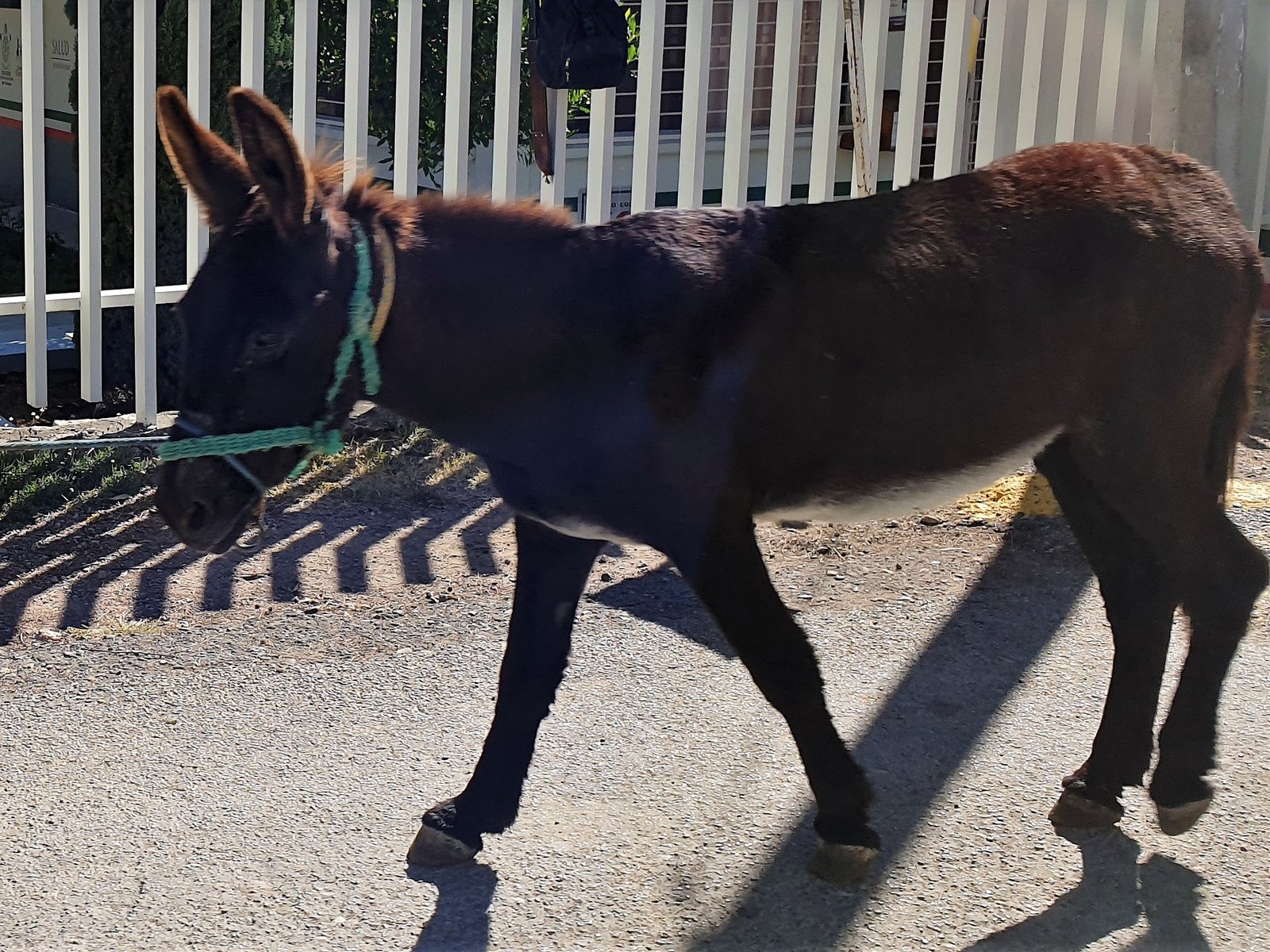
Throughout history, animals with unusual feet have captured human imagination. Horses, with their single hooves, have been symbols of speed and power. Sloths, dangling by their three toes, have inspired stories of laziness and patience. In some cultures, odd-toed animals are seen as magical or mysterious, their strange feet marking them as creatures apart from the ordinary. These stories reveal just how much we notice—even obsess over—the tiniest details in nature.
Environmental Pressures: How Habitats Shape Toes
The environments animals live in have a huge influence on toe number. Open plains favor animals like horses that need speed and endurance, leading to fewer, stronger toes. Dense forests, on the other hand, reward animals like tapirs and sloths, whose three toes help them navigate tricky terrain or climb trees. Even the soil, climate, and predators in an area can push animals toward having an odd or even number of toes. It’s nature’s way of matching form to function.
The Odd-Toed Footprint: Tracking Animals by Their Toes
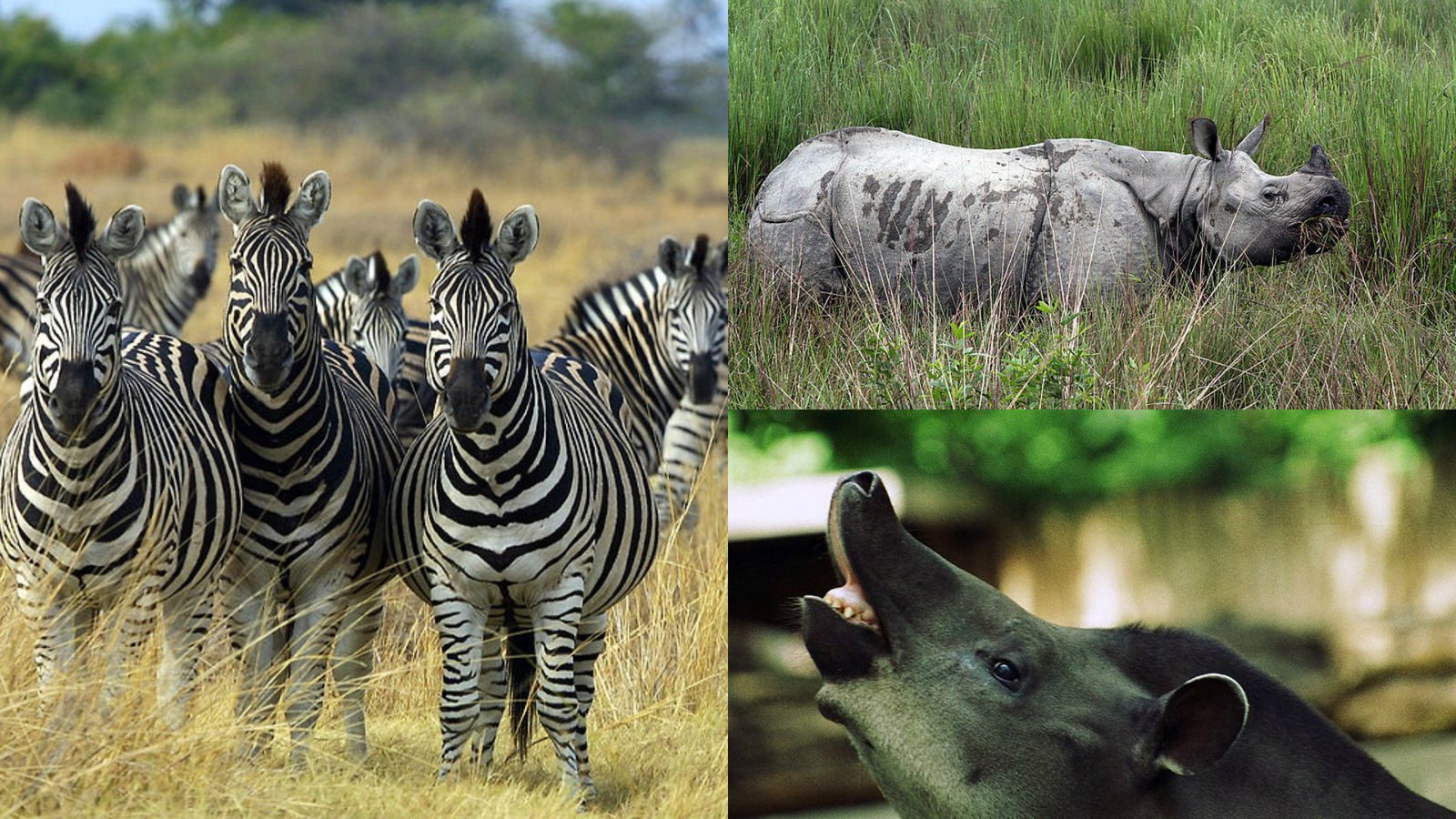
Wildlife trackers love odd-toed animals because their footprints are instantly recognizable. A single hoof print means a horse; three broad toes point to a tapir or rhino. These unique tracks help scientists study animal movements and behaviors. They also remind us that even the most ordinary-looking footprint can carry a story stretching back millions of years. Odd toes leave marks—not just on the ground, but on the history of life itself.
Comparing Even- and Odd-Toed Mammals
If you put a horse next to a cow, you’ll notice right away that their feet are built differently. Cows and deer are even-toed ungulates, walking on two main toes. Horses, as odd-toed ungulates, have just one. This difference affects everything from how they move to what they eat and where they live. Odd-toed mammals are often built for speed and open spaces, while even-toed ones excel in softer ground or diverse environments. It’s a split that goes back over 50 million years.
Unusual Odd-Toed Creatures: The Standouts
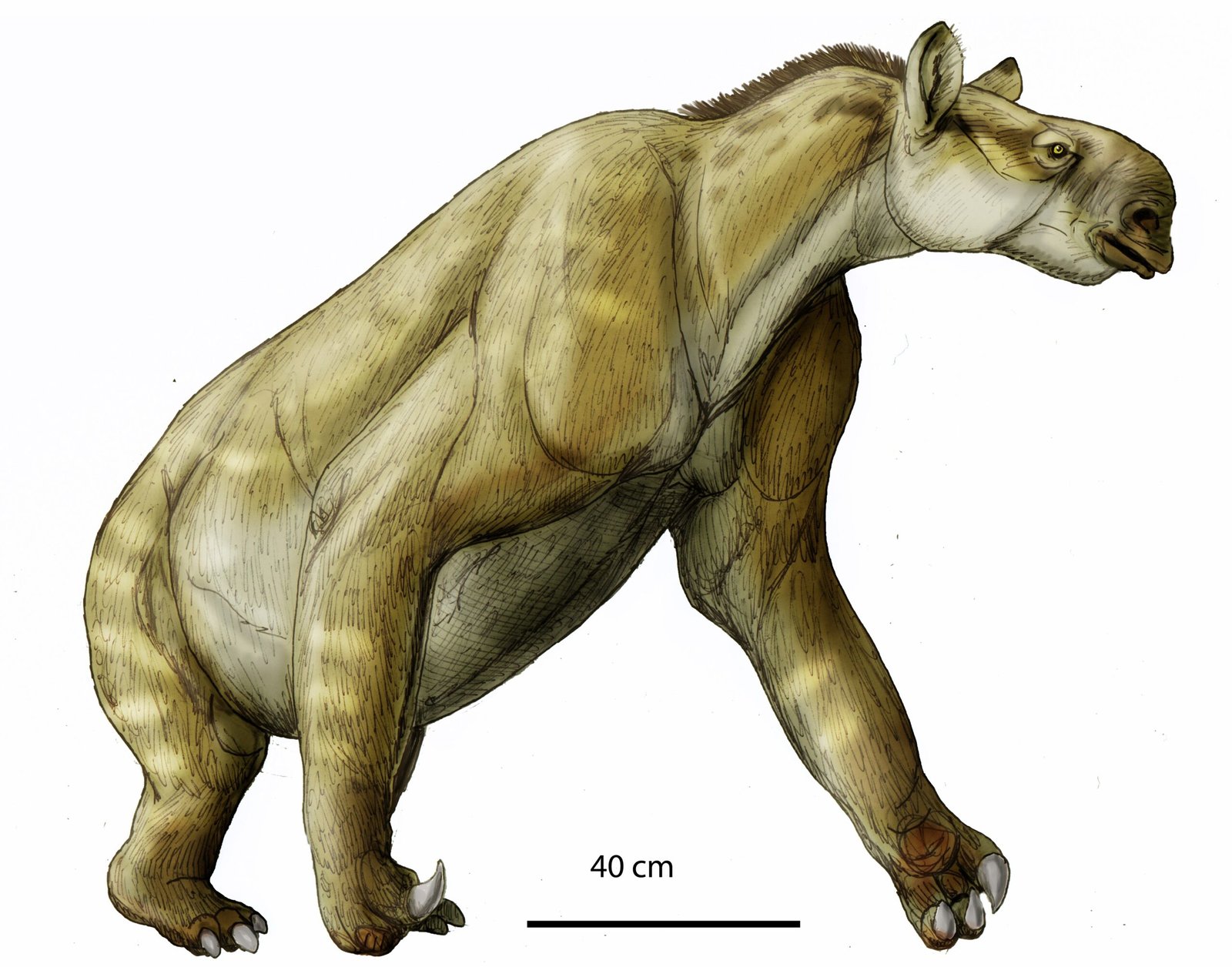
Some animals take the odd-toed trend to the extreme. The extinct chalicotheres, for example, were ancient relatives of horses and rhinos that had long claws instead of hooves and walked on three toes. The three-toed jerboa, a desert rodent, hops across sand using its odd toes for balance. These outliers show just how creative evolution can be, experimenting with all sorts of toe counts and shapes to suit different needs.
Future Research: What We Still Don’t Know
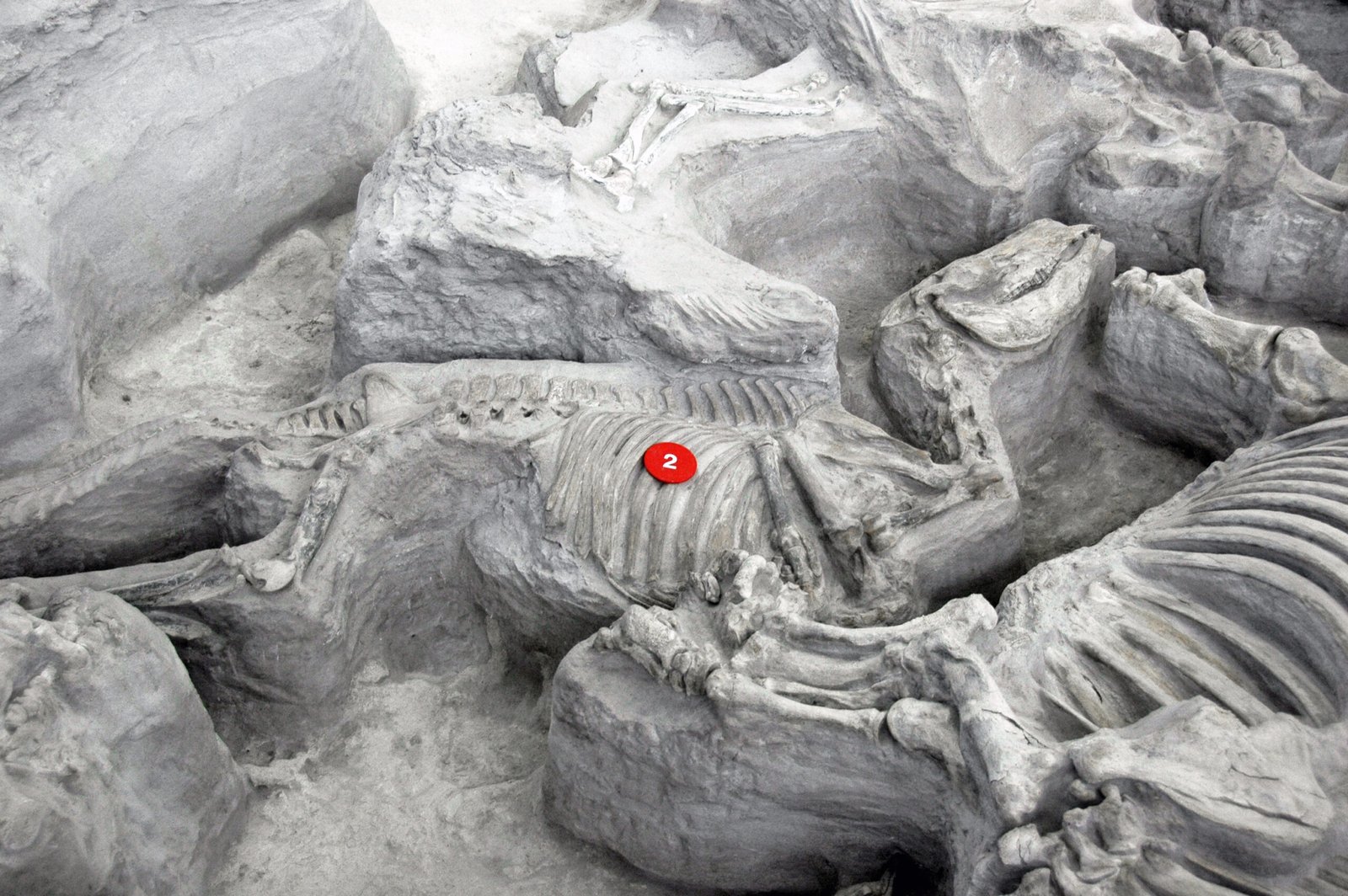
Despite everything scientists have learned, the story of animal toes is far from finished. New fossils are discovered each year, revealing creatures with toe arrangements we never imagined. Genetic research continues to unlock the secrets of how toes form and change. There may even be odd-toed animals out there we haven’t found yet. The world of animal digits is a living, breathing mystery, always with a few surprises up its sleeve.
What Odd-Toed Animals Teach Us About Adaptation
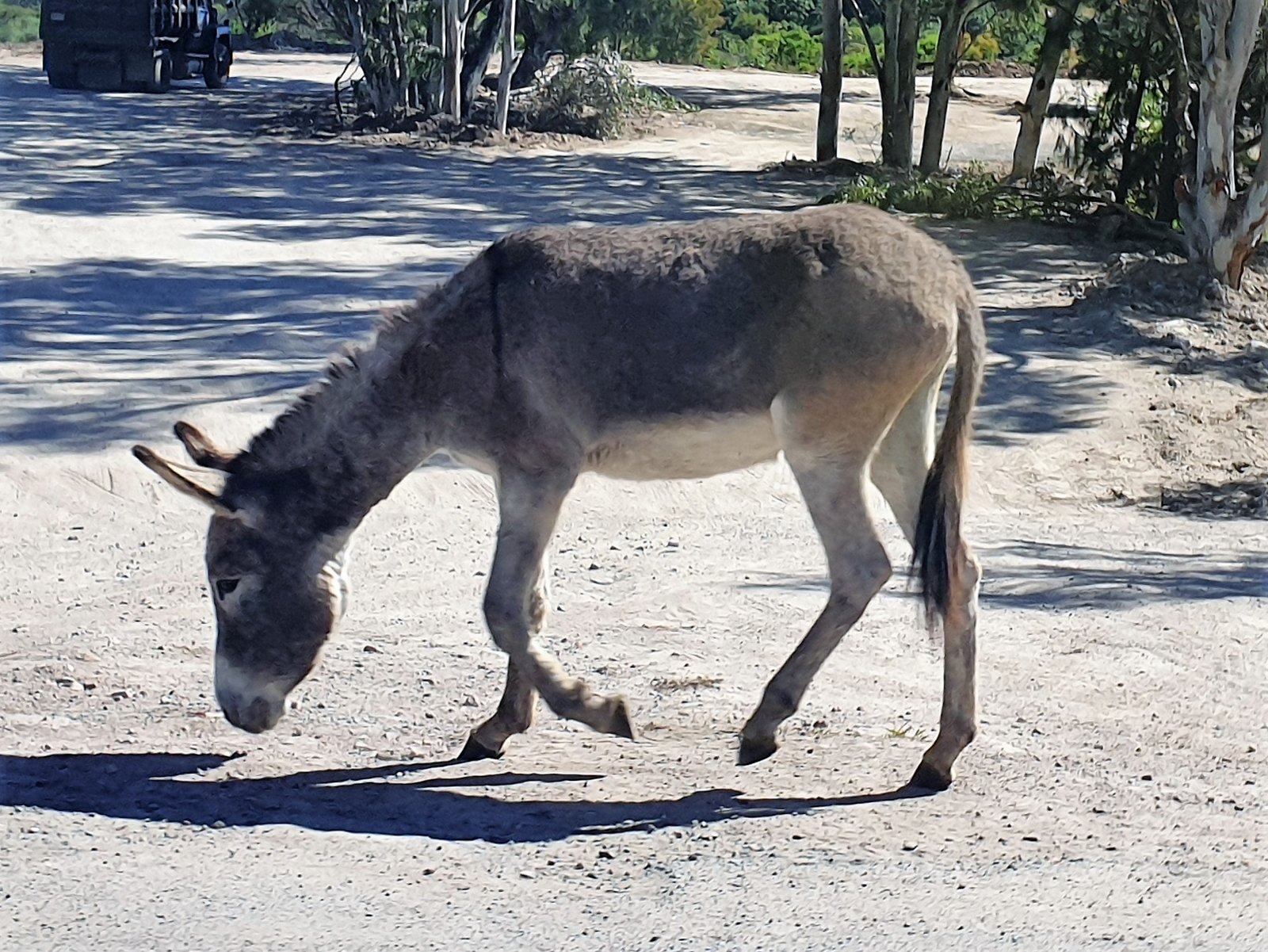
At the heart of every odd-toed animal is a lesson about adaptation. Life is never static—species must change to survive, and sometimes those changes lead to truly weird outcomes. But what seems odd to us is often a sign of perfect adaptation. The next time you see a horse’s hoof or a sloth’s long claws, remember: odd toes are proof that nature doesn’t just stick to the rules. It invents, adapts, and thrives in the strangest ways. Isn’t it amazing how something as simple as a toe can tell the story of survival itself?




